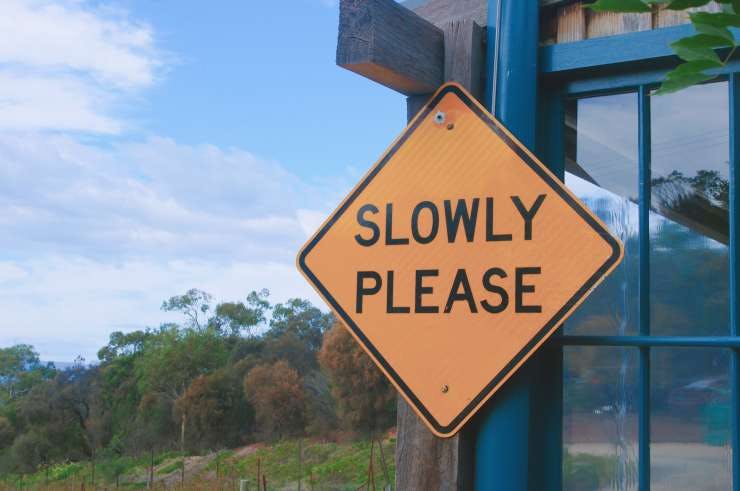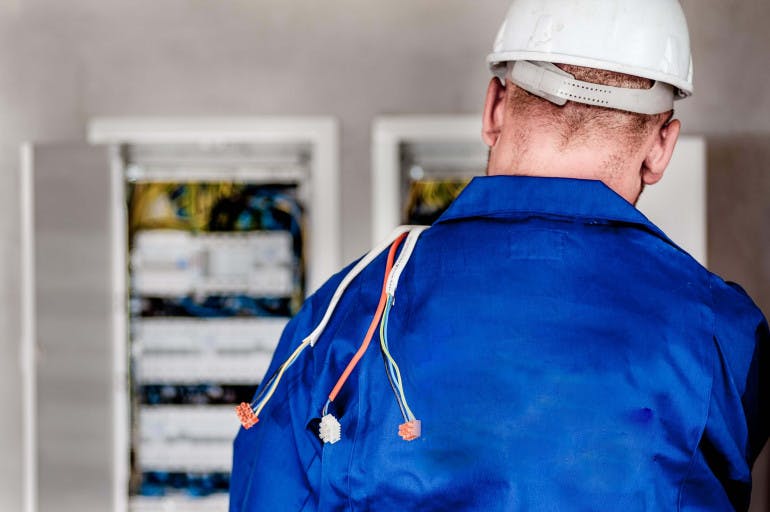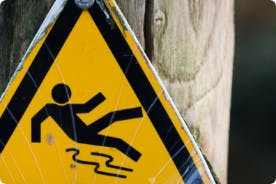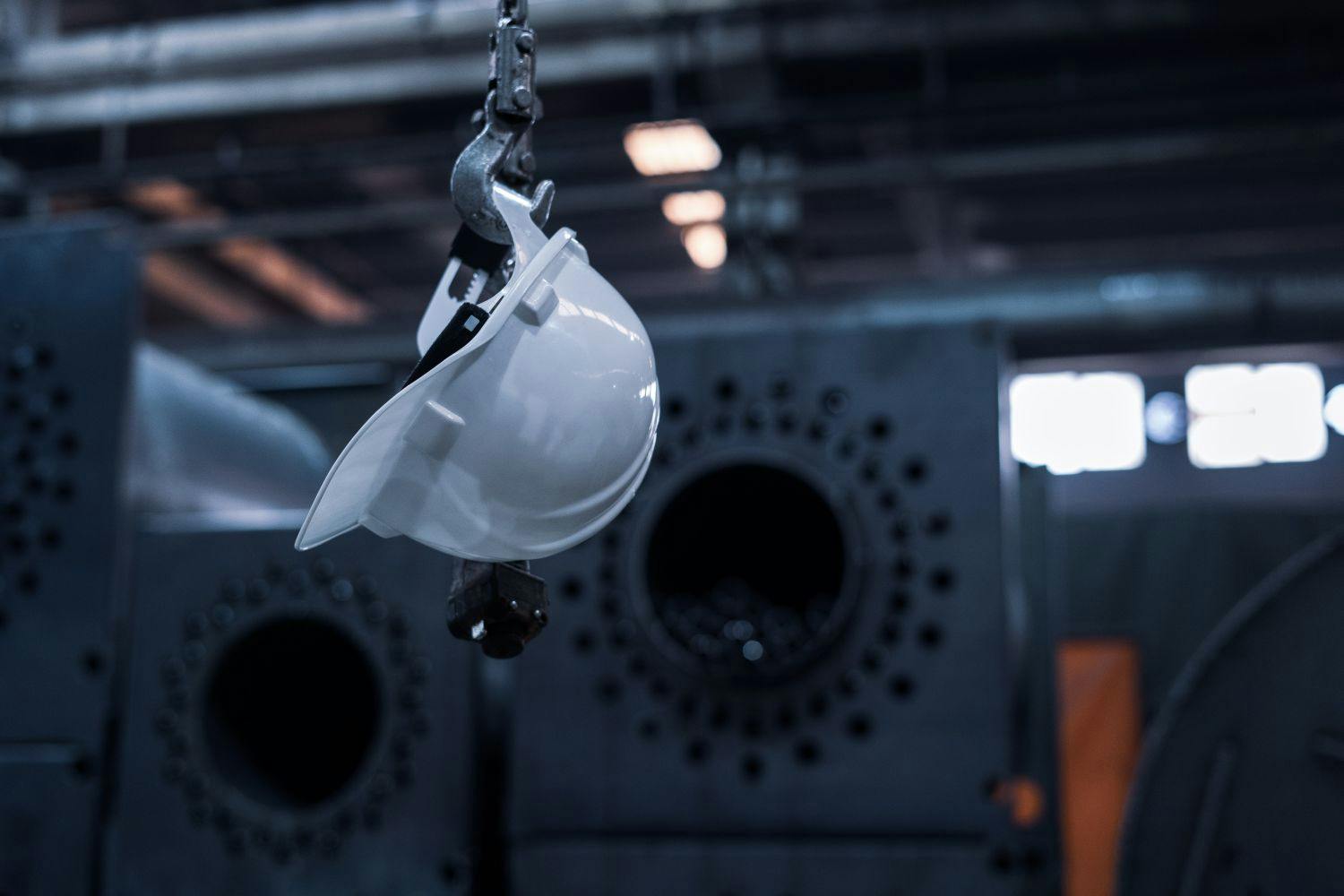First published on Thursday, Sep 22, 2022
Last updated on Wednesday, Jun 19, 2024
In the workplace, there are many health and safety risks which affect new and expectant mothers. Working conditions that are usually considered acceptable, may no longer be during pregnancy or while breastfeeding. There are laws which require employers to protect the health and safety of expectant mothers.
If these laws are breached, you could face hefty compensation claims or worse, be sent to prison if a pregnant worker has an accident.
This guide will explain what a pregnancy risk assessment is, the common risks a mother may face, and the laws protecting pregnant workers.
Risk Assessment for Pregnant Workers and New Mothers
By law, you should assess the risks to women of childbearing age. An individual risk assessment should also be carried out when they have told you that they:
- Are pregnant.
- Are breastfeeding.
- Have given birth (in the last six months).
Your employee must inform you in writing before you carry out an individual risk assessment.
If you hire someone who's pregnant and self-employed, you're still responsible for their health and safety at work.
To ensure the safety of your pregnant workers, the Health and Safety Executive (HSE) has outlined the following five steps for risk assessments:
- Identify hazards: for example, physical, biological and psychosocial.
- Consider who may be harmed: for example, pregnant workers.
- Evaluate risks and action measures: for example, restrict workers' access to hazardous work areas.
- Review results: for example, if your business has five or more employees, it's a legal requirement to document your findings from the risk assessment.
- Assess the risk assessment: make sure your risk assessments stay relevant.
Complete an Individual Risk Assessment for Your Worker
Once you have been informed in writing by your employee, you can:
- Review your existing risk management and controls for pregnant workers.
- See if there are any conditions or individual circumstances with their pregnancy that could affect their work.
- See if there are any concerns about how the pregnancy could affect their work.
- Talk to their safety representative.
Medical recommendations by their doctor must be taken into account.
Review the Individual Risk Assessment
To ensure safety risks are reduced, you must review your worker's individual risk assessment and make any adjustments when:
- The pregnancy progresses.
- There are significant changes to the worker's job activity or workplace.
Depending on the different stages of the pregnancy, working conditions could present a risk to the mother or child. It may affect a worker's:
- Agility.
- Coordination.
- Movement of speed.
- Reach.
When you have completed your risk assessment, record your findings and share them with your worker and their safety representative.
You should explain to your worker how you'll keep them safe at work.
How to Identify a Risk at Work
If you identify a risk that could cause harm to a pregnant worker or new mothers, you must decide if you can control it. If not, you must do the following:
- Adjust the working conditions to avoid the risk. If this isn't possible, you must:
- Give them suitable alternative work. If this isn't possible because of health and safety reasons, you must:
- Suspend your worker on paid or maternity leave for as long as necessary. If you can't control measures that are put in place, the worker must be suspended on full pay.
The suspension must last until either:
- Their maternity leave begins.
- It's safe for them to start work again.
This should be in line with the Management of Health and Safety at Work Regulations.
What Are Common Health and Safety Risks for a New Mother?
There are a few common risks that a pregnant worker could face, such as:
Their Posture and Position
A new mother may be more prone to injury and may not be apparent until after birth. Pregnant women can experience postural problems during different stages of the process and on their return to work.
You must ensure working conditions or hours are safe for pregnant workers they're not:
- Sitting for long periods.
- Doing any heavy lifting.
- Using a workstation that could cause problems to their posture.
Working Conditions or Hours
Different working routines or hours can play a large effect on the health of pregnant workers, new mothers and even children.
You should assess the risks related to:
- Long hours.
- Shift work.
- Workplace temperature.
- Noise at work.
Physical Injury Risks
Some types of work may carry a risk of physical injury and the consequences for pregnant workers may be more serious.
You should control measures if a worker is:
- Working from a height.
- Working alone.
- At the risk of violence at work.
Exposure to Harmful Substances
Many chemical and biological substances can cause harm to pregnant workers or new mothers, such as:
- Lead.
- Radioactive materials.
- Infectious diseases.
- Chemicals like mercury or pesticides.
These harmful substances can also be passed on to the child during pregnancy or breastfeeding.
What Are the Specific Regulations That Protect the Health and Safety of Expectant Mothers?
Under the Management of Health and Safety at Work Regulations 1999, employers should manage the risks to women of childbearing age, pregnant workers and new mothers.
The Employment Rights Act 1996 states that suitable alternative work should be offered, on the same terms and conditions, before the suspension of work is considered.
If there is no suitable alternative work, the employee should be suspended on full pay for as long as necessary to protect their health and safety. The Workplace (Health, Safety and Welfare) Regulations 1992 says that employers must provide a suitable place for pregnant and breastfeeding workers to rest.
However, the Equality Act 2010, makes it unlawful to dismiss or discriminate against a worker because they're pregnant, a new mother or if they're breastfeeding. Contract, agency and apprentice workers are also protected under the Act. If this law is breached, this could lead to civil liability.
Pregnant Workers Breastfeeding at Work
Pregnant workers or mothers that are breastfeeding need more frequent rest breaks. Agree on frequency and timings so you know when they're resting.
Your suitable area should have:
- Somewhere to lie down.
- Be private so they can breastfeed if they choose to.
- Include somewhere to store milk, for example, a fridge.
Toilets are not suitable for pregnant mothers to rest or lie down.
To make sure the space is safe, you should conduct a risk assessment on your suitable area so that you can eliminate any risks.
Manage Pregnancy Risk Assessment with BrightHR
Reducing the risks for pregnant workers or new mothers is essential. This means a risk assessment should be carried out every time someone is pregnant, breastfeeding or they've given birth in the last six months.
Discuss their health and whether they feel safe at work. This can give you an indication of whether they need to be suspended on maternity leave or whether you can give them more suitable alternative work. If pregnant workers are harmed because of a lack of care, your business could receive a hefty fine or be sent to prison.
BrightHR can help you manage risk assessments with our BrightSafe helpline. Don’t hesitate to call us if you need any help with improving your risk assessment at work. Book a free demo today or give us a call on 0800 783 2806.









